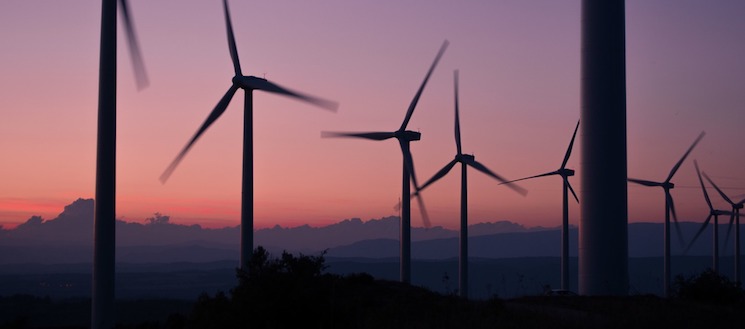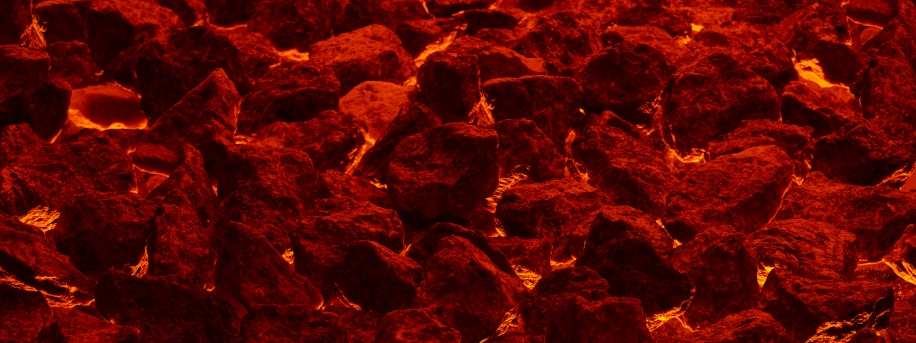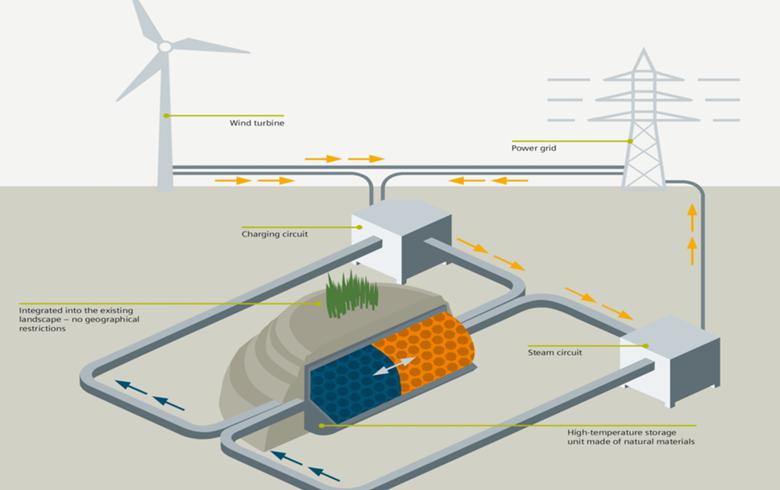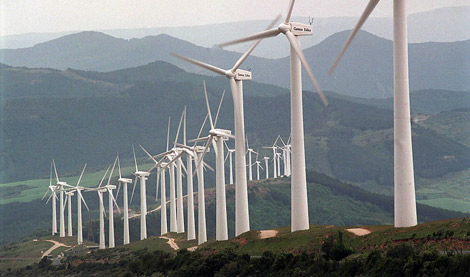SHARE
The Wind Energy Storage System that Will Change the Game
The low capacity of energy storage is the main curb for renewable energy. That’s why science is devoting great efforts in developing better batteries, but meanwhile, other possibilities are arising.
The well-known company Siemens, in cooperation with the Hamburg University of Technology (TUHH) and the German company Hamburg Energie has developed a new system named Future Energy Solution (FES) that is able to store the surplus energy produced in the wind farms for hours after its production, up to a day.
 The challenge is to store as much energy as possible
The challenge is to store as much energy as possible
The process goes as follows: First, the surplus electric energy produced in the wind farm is turned into heat by heating an air flow. Then, this flow is driven to an isolated chamber with rocks inside. These rocks raise their temperature to 600 oC and when there is an increase in the demand, an air flow is heated and then conducted to a steam cycle, where the energy is converted again to electricity. The most important part is the wind energy storage system. They are now studying the heat transmission inside the rocks containers to increase the global efficiency of the plant and to scale it up. The facility is now working with ceramic balls so that they can study the heat transmission process more easily but the idea is to use only rocks because of the price of the ceramic balls. They are also looking for the most suitable rock, that means the one that has more thermal stability. These rocks reach temperatures around 600 ºC
These rocks reach temperatures around 600 ºC
The full-size FES will be able to store around 36-megawatt hours (MWh) of energy in a container with around 2,000 cubic meters of rock. Via a boiler, the heat it contains will generate so much steam that a Siemens compact steam turbine can generate an output of up to 1.5 megawatts of electricity for up to 24 hours a day. The prototype in Hamburg lacks the technology for turning the heat back into electricity because the focus to date has been on examining the flow of heat through stones. They expect to achieve a 25% of efficiency in this early phase of development but it is estimated that they can reach a 50% of efficiency in a 100 MW plant. However, the main advantage of the system is the extremely low-cost set-up. There are a lot of possibilities to reduce human impact on the environment. Are you willing to find a new one? Join our community and participate in one of our engineering challenges.
Join our engineering community here
There are a lot of possibilities to reduce human impact on the environment. Are you willing to find a new one? Join our community and participate in one of our engineering challenges.
Join our engineering community here
 The challenge is to store as much energy as possible
The challenge is to store as much energy as possibleThe process goes as follows: First, the surplus electric energy produced in the wind farm is turned into heat by heating an air flow. Then, this flow is driven to an isolated chamber with rocks inside. These rocks raise their temperature to 600 oC and when there is an increase in the demand, an air flow is heated and then conducted to a steam cycle, where the energy is converted again to electricity. The most important part is the wind energy storage system. They are now studying the heat transmission inside the rocks containers to increase the global efficiency of the plant and to scale it up. The facility is now working with ceramic balls so that they can study the heat transmission process more easily but the idea is to use only rocks because of the price of the ceramic balls. They are also looking for the most suitable rock, that means the one that has more thermal stability.
 These rocks reach temperatures around 600 ºC
These rocks reach temperatures around 600 ºCThe full-size FES will be able to store around 36-megawatt hours (MWh) of energy in a container with around 2,000 cubic meters of rock. Via a boiler, the heat it contains will generate so much steam that a Siemens compact steam turbine can generate an output of up to 1.5 megawatts of electricity for up to 24 hours a day. The prototype in Hamburg lacks the technology for turning the heat back into electricity because the focus to date has been on examining the flow of heat through stones. They expect to achieve a 25% of efficiency in this early phase of development but it is estimated that they can reach a 50% of efficiency in a 100 MW plant. However, the main advantage of the system is the extremely low-cost set-up.
 There are a lot of possibilities to reduce human impact on the environment. Are you willing to find a new one? Join our community and participate in one of our engineering challenges.
Join our engineering community here
There are a lot of possibilities to reduce human impact on the environment. Are you willing to find a new one? Join our community and participate in one of our engineering challenges.
Join our engineering community here 